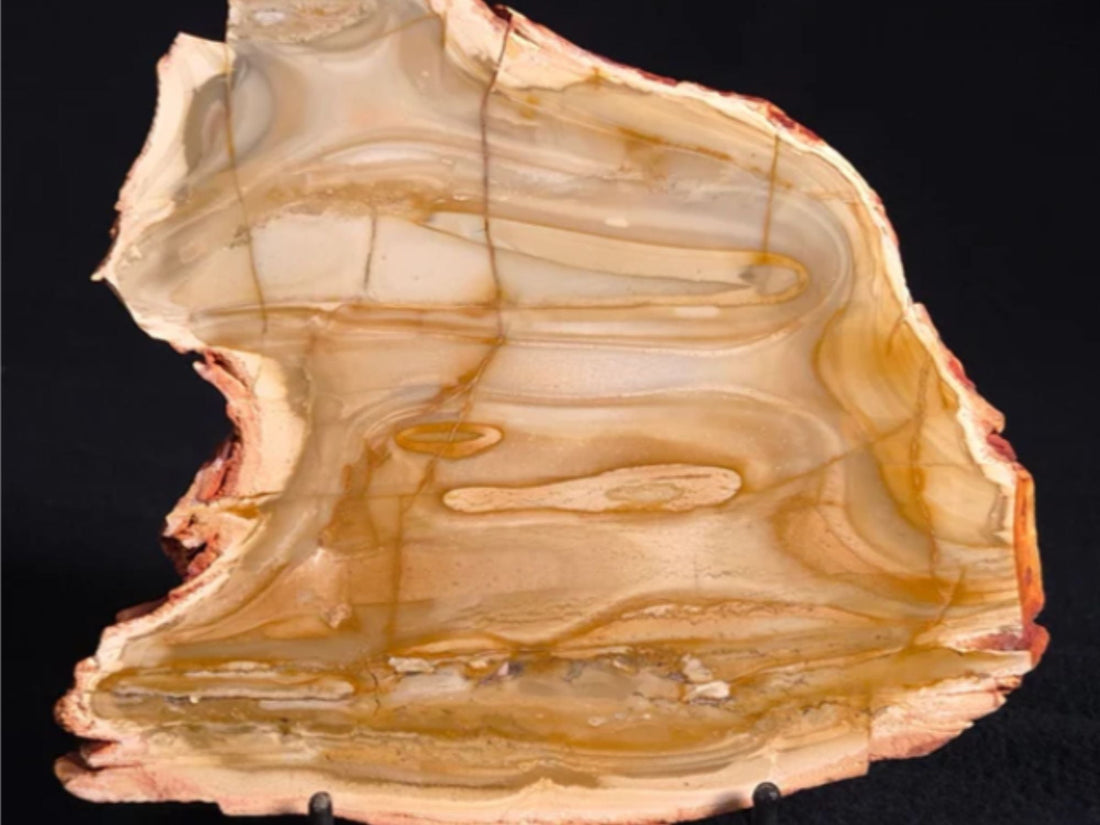
Camooweal Dolostone (Chert) Microbial Nodules: A Window into Earth's Ancient Past
Share
The Camooweal Dolostone, a unique geological marvel, offers an extraordinary window into the Middle Cambrian period, roughly 500 million years ago. Found in the Undilla Basin of the Barkly Tableland in Queensland, Australia, this formation is celebrated for its microbial nodules—natural treasures with immense scientific and historical significance.
What Are Microbial Nodules?
Microbial nodules are distinctive geological structures formed through the interaction of ancient microorganisms and sedimentary processes. These nodules, which can range from spherical to irregular shapes, owe their formation to the activity of microbes that influenced the chemical conditions in their environment. This microbial activity initiated the accumulation and solidification of minerals over time, resulting in these fascinating formations.
Composed primarily of dolostone and chert, the nodules are both durable and geologically intriguing. Dolostone, rich in dolomite (calcium magnesium carbonate), is a sedimentary rock frequently found in marine settings due to its resilience and mineral properties. Chert, a silica-based rock, often forms from either the remains of siliceous organisms like radiolarians and diatoms or direct precipitation of silica in water. Together, these components lend the nodules their robustness and enduring presence in the geological record.
Believed to have formed in shallow, nutrient-rich marine environments, the microbial nodules of the Camooweal Dolostone reveal much about the conditions of the Cambrian seas. These environments fostered thriving microbial communities that played an essential role in the precipitation of minerals. Beyond their physical composition, these nodules provide profound insights into the ancient interplay between biology and geology, illustrating how microorganisms helped shape their surroundings millions of years ago.
The Barkly Tableland and Undilla Basin
Spanning vast grasslands in northern Australia, the Barkly Tableland is more than just a picturesque landscape. It is an ecological and geological hotspot, home to the Undilla Basin, where the Camooweal Dolostone resides. This region’s geological features, including the dolostone nodules, have directly influenced its ecosystems, past and present.
The mineral-rich soils of the Tableland, a legacy of the region's ancient sedimentary processes, support diverse flora and fauna today. Its fertile grasslands sustain iconic species such as kangaroos and wallabies, alongside vibrant birdlife including finches and raptors. Additionally, groundwater systems like underground aquifers—possibly shaped by the area's sedimentary history—are vital for sustaining life in this arid environment.
Interestingly, while these nodules are records of ancient microbial life, their legacy endures in modern times. Microorganisms continue to play an essential role in maintaining soil health and nutrient cycling, echoing the processes that shaped the Camooweal Dolostone. As a result, the region exemplifies how Earth’s geological past continues to influence its living ecosystems.
Conclusion
The Camooweal Dolostone and its microbial nodules are far more than relics of the distant past. They serve as a testament to the intricate connections between early life and the evolving planet. By studying these formations, scientists not only uncover the secrets of Earth’s ancient environments but also gain invaluable insights into the processes shaping ecosystems today. From the depths of the Cambrian seas to the thriving grasslands of the Barkly Tableland, the Camooweal Dolostone is a bridge between worlds—ancient and modern.
Shop Camooweal Dolostine (Chert) Microbial Nodules Online Here
References
-
Australian Geoscience Information Network (Geoscience Australia):
-
Queensland Museum Resources:
-
Palaeobiology Database:
-
Scientific Studies on Cambrian Formations from ResearchGate:
